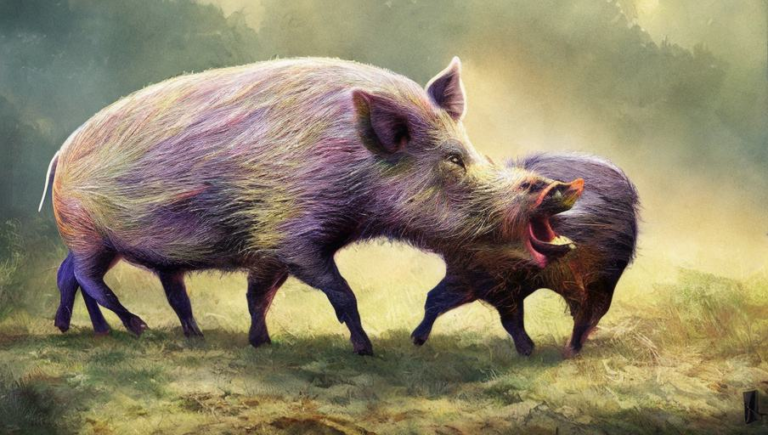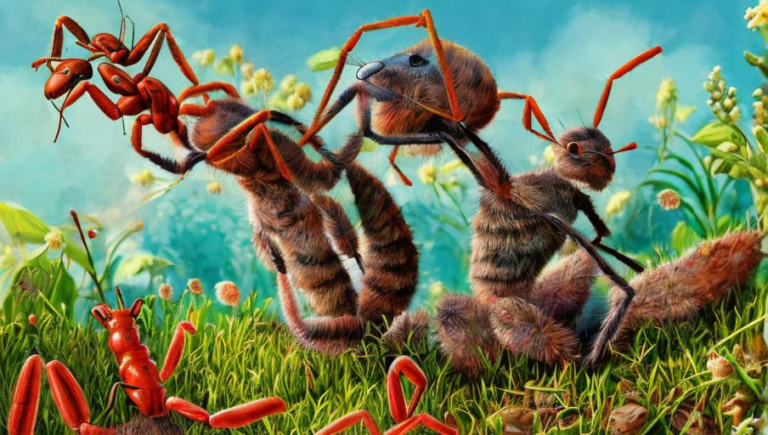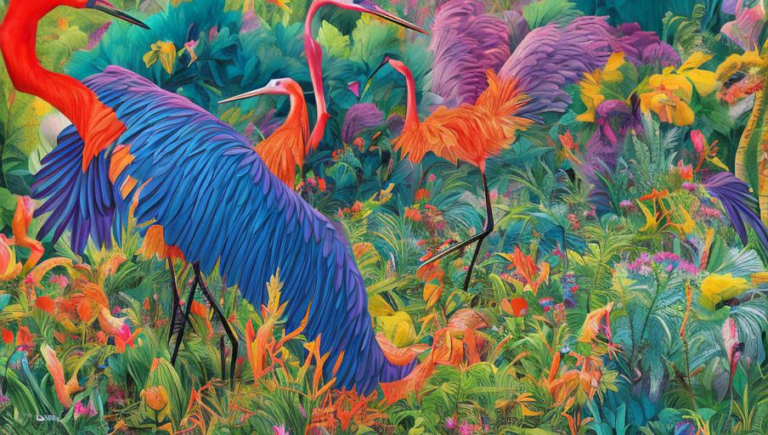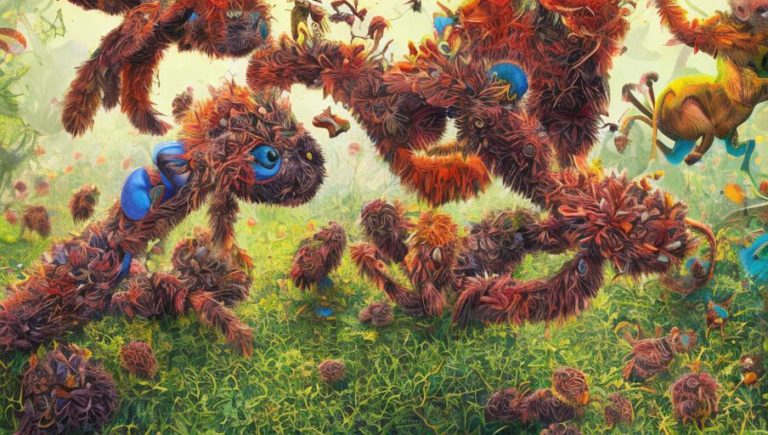Facts About the Conservation of the Cassowary
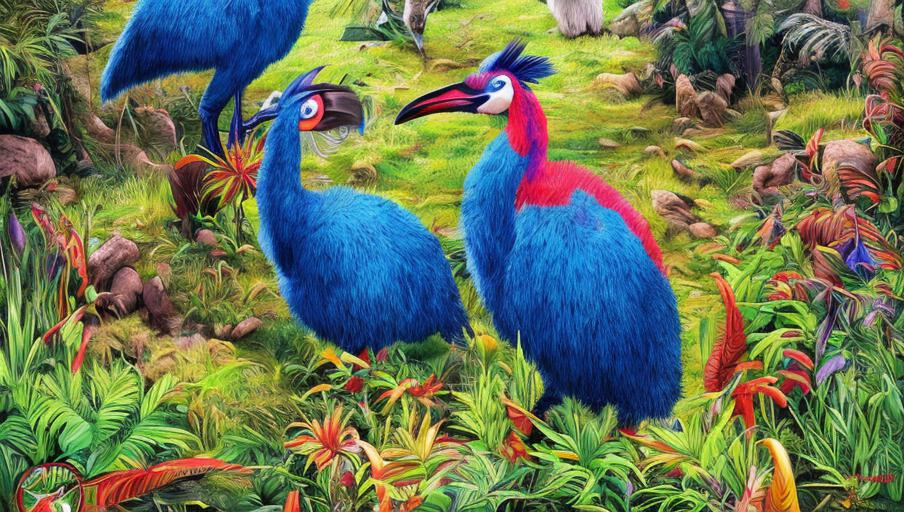
The Cassowary
The cassowary is a large, flightless bird native to Australia, New Guinea, and parts of Indonesia. It is the heaviest bird in Australia, weighing up to 85 pounds and standing at a height of up to 5.9 feet. Cassowaries are also the third-tallest bird in the world, after ostriches and emus. They have a bald, black head and a bright blue neck. The female is larger than the male and has a bright red wattle on her neck.
Habitat
The cassowary lives in tropical rainforests and other habitats with plenty of vegetation. They live in large groups and are solitary animals. They are usually found near rivers, streams, and swamps where they can find food and water.
Diet
Cassowaries eat a variety of foods, including fruits, leaves, insects, and small animals. They sometimes also eat carrion. They use their powerful claws to break open fruits and to dig up roots and tubers.
Conservation Status
The cassowary is listed as vulnerable by the International Union for Conservation of Nature (IUCN). The population is decreasing due to habitat loss, hunting, and other human activities. Conservation efforts are underway to protect this species and its habitats.
Conservation Efforts
Conservation efforts for the cassowary include protecting their habitats, creating protected areas, and reducing hunting. There is also work being done to reintroduce cassowaries in areas where their populations have been reduced by human activities. Additionally, education programs are being developed to teach local people about the importance of conserving the cassowary and other species.
Conclusion
The cassowary is an important part of the rainforest ecosystem and, therefore, it is important to take steps to protect this species and its habitats. Conservation efforts are underway to protect the cassowary and other species, but more work needs to be done in order to ensure their continued survival.
